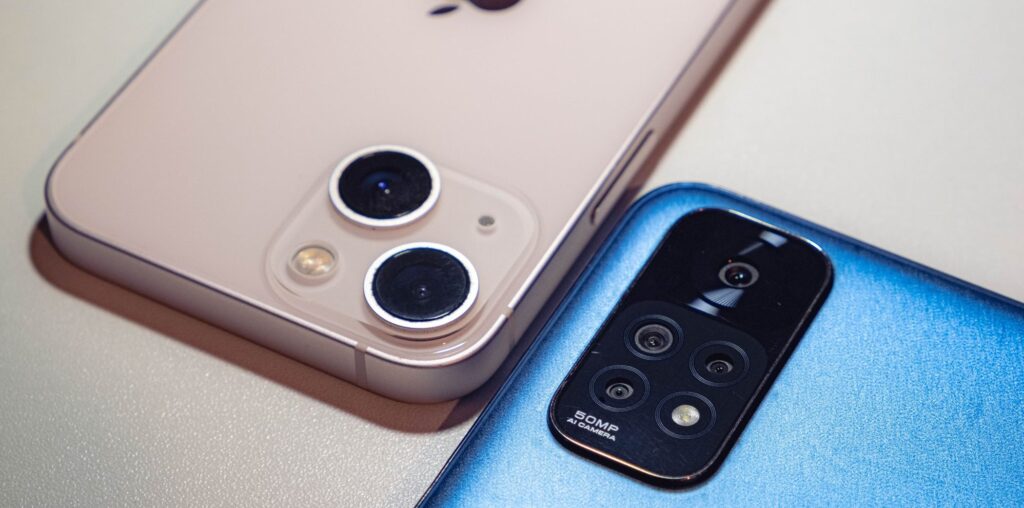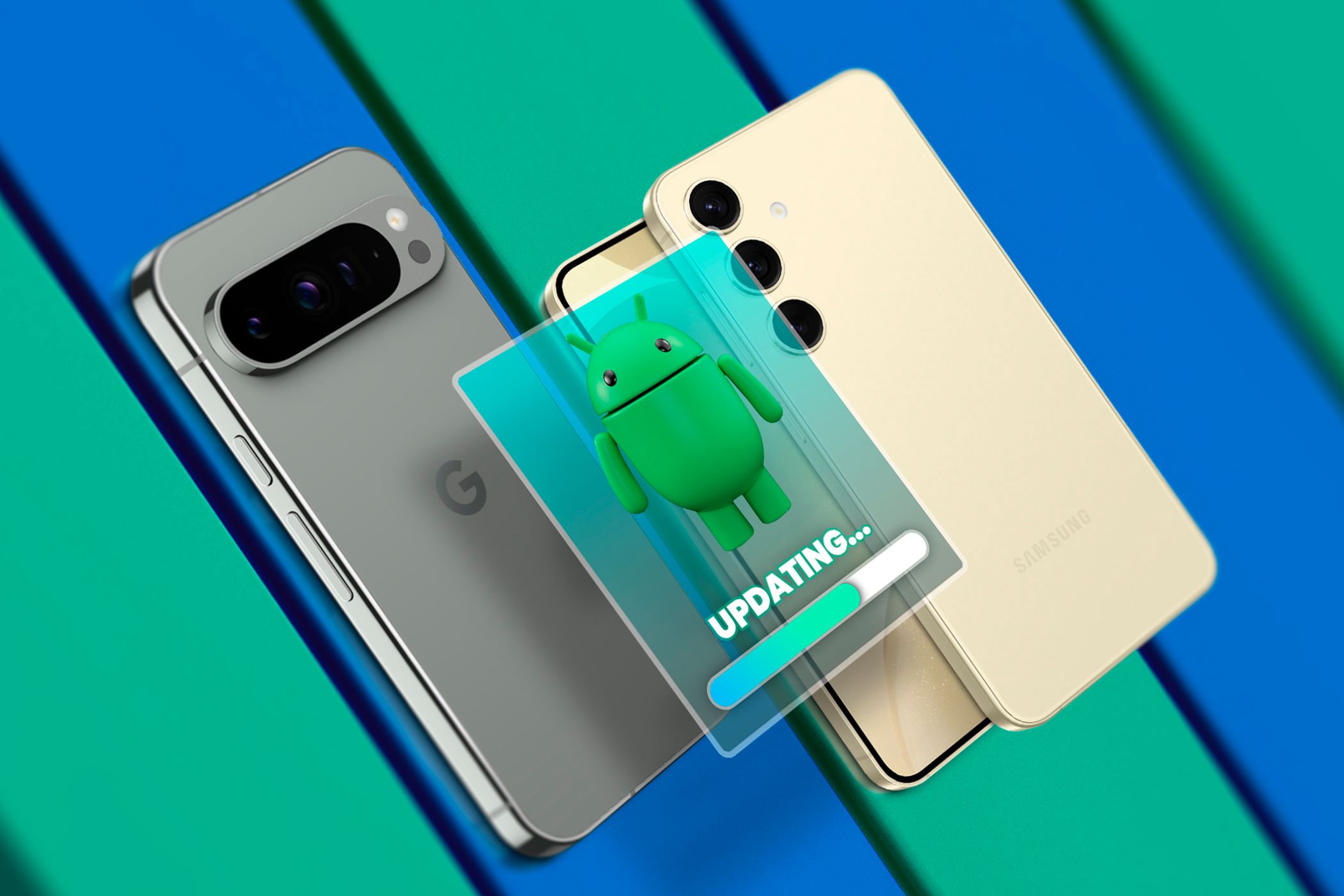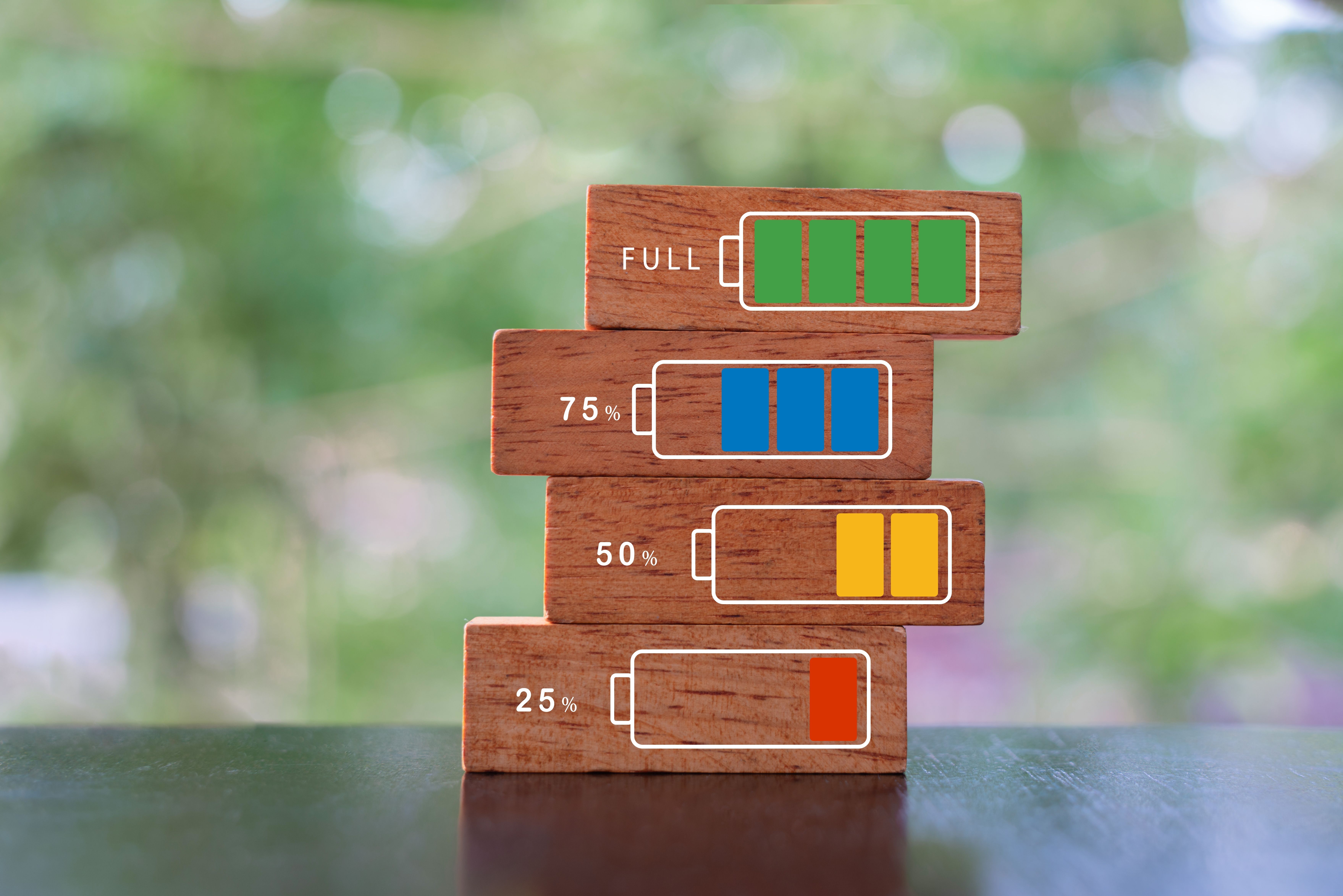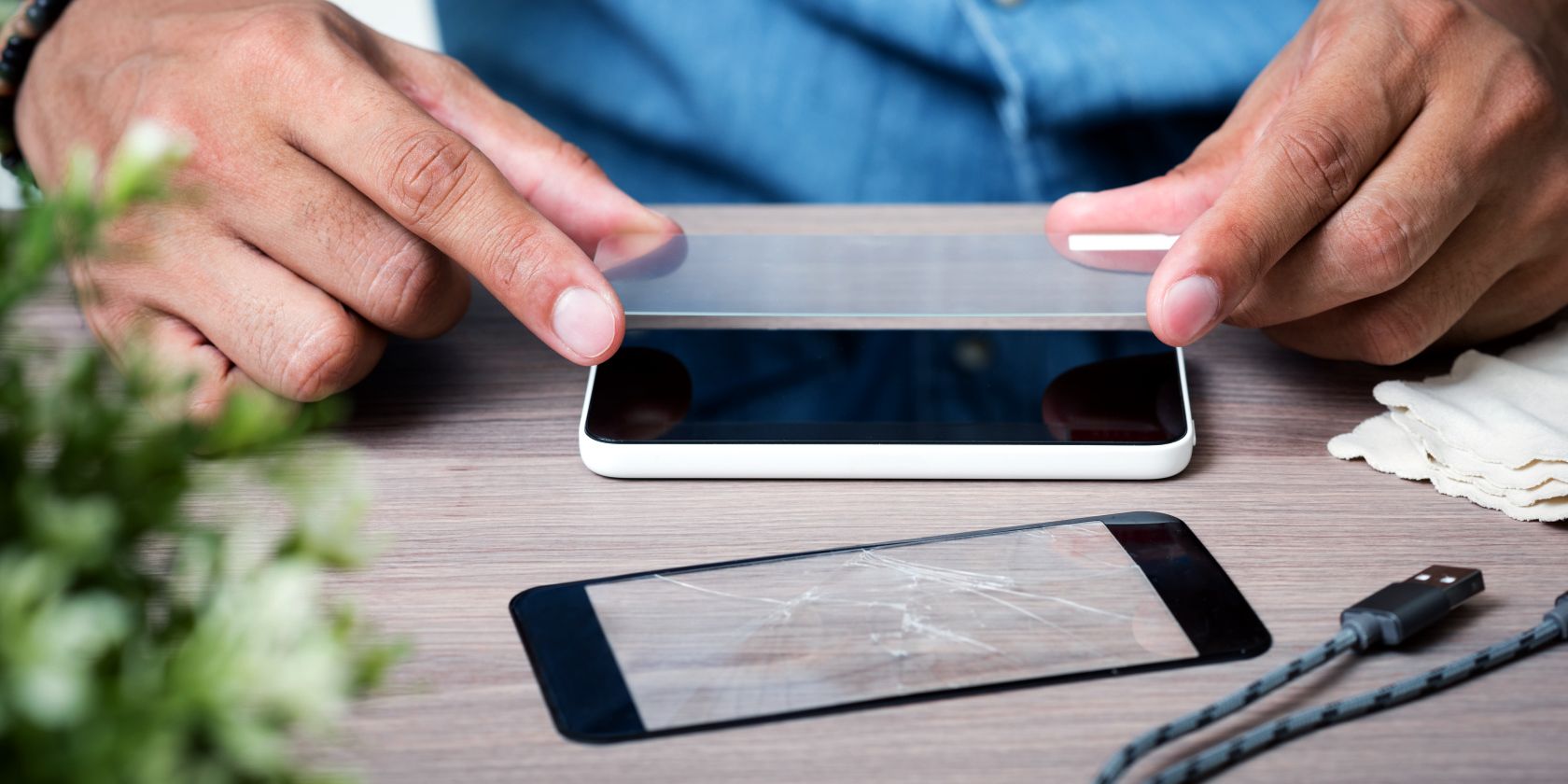When it’s time to upgrade my phone, I find myself drawn to the new mid-range devices rather than seeking out used flagships. While both options have their merits, I’ve discovered that opting for a brand-new phone offers several advantages that ultimately sway my decision.
1 Newer Processor for Comparable Performance and Efficiency
While flagship processors often steal the spotlight, mid-range chips have made impressive strides in recent years.
The latest offerings from companies like Qualcomm and MediaTek deliver performance that rivals older high-end devices—making them more than capable of handling day-to-day tasks with ease.
Not only do these newer mid-range processors provide smooth performance, but they also prioritize energy efficiency. This means I can enjoy a responsive phone experience without constantly worrying about battery life.
Advancements in chip technology have allowed manufacturers to strike a balance between power and efficiency, and mid-range devices benefit greatly from it.
2 I Get the Latest Software
When I purchase a new mid-range phone, I have the assurance of receiving the latest software version available for that device.
I can take advantage of the most recent features, improvements, and security updates to help keep me safe right out of the box. This isn’t always guaranteed with a used flagship.
Mid-range phones have also started to close the gap in terms of software support. While flagship devices are typically known for receiving the best support and the most updates, the very nature of having a phone that’s just a couple of years newer can make a significant difference.
Even if a mid-range phone receives one year less of total support compared to a flagship, that still translates to an extra year of updates from the current date.
Some manufacturers have even made it a priority to ensure that all their new phones, including mid-range models, receive extensive software support.
This extended support period means that my mid-range device will continue to receive major Android or iOS upgrades for a longer duration, keeping it up-to-date with the latest features and improvements.
With regular security patches and updates, I know that my data and privacy are better safeguarded.
3 Manufacturer Warranty for Peace of Mind
Investing in a new mid-range phone comes with the added benefit of a manufacturer’s warranty. This helps provide peace of mind and protection against potential issues.
It is possible to purchase officially refurbished older flagships directly from the manufacturer and be covered by a warranty. However, the cost is often significantly higher—making it a less attractive option.
On the other hand, purchasing a used phone from a third-party seller comes with inherent risks. Buying a device that has been used for an extended period increases the likelihood of encountering damage not covered by a free warranty, even if the phone appears to be in good condition.
In rare cases, a used phone may have serious issues that are not immediately apparent. For example, the device may fail to power on despite attempts to charge or reset it, leaving you with a non-functional phone and limited recourse.
Although older phones may require more comprehensive coverage due to their age, most third-party sellers only offer short return windows.
4 I Get a Phone With Peak Battery Health
When I opt for a new mid-range phone, I can be confident that I’m getting a device with a battery at its peak health.
Both mid-range and flagship phones typically feature battery capacities ranging from 4000 to 5000 mAh. However, the actual battery health and longevity can vary significantly depending on the age of the device.
Batteries degrade over time. This is especially true when they are used daily. If I were to purchase a pre-owned older phone, the battery would likely have already lost a considerable portion of its original capacity. That means shorter battery life and more frequent charging cycles.
Even if I were to buy an older flagship phone that is still sealed in its original packaging, the fact that it was manufactured a couple of years ago and has been sitting on a shelf for an extended period also impacts its battery health.
Batteries degrade even when they are not in use, so a phone that is a few years old will not have the same endurance as one that has just been manufactured.
5 I Prefer a Phone With No Wear and Tear
When I choose a new mid-range phone, I know that the device has not been subjected to any prior wear and tear. Unlike used phones, which may have scratches, scuffs, or other signs of daily use, a brand-new phone arrives in pristine condition.
It not only adds aesthetic appeal to the device but also confirms that all components—like the screen and the buttons—are functioning optimally.
This is particularly important for features such as water resistance, as any pre-existing damage may compromise the phone’s ability to withstand exposure to liquids.
A phone with no prior wear and tear is less likely to experience hardware issues or malfunctions down the line. I can have greater confidence in its long-term reliability and durability.
6 Avoid the Risks of Depreciation
Investing in a new mid-range phone can minimize the risks associated with depreciation.
Flagship phones, even when purchased used, often come with a higher initial cost due to their premium features and brand recognition. However, this makes them more susceptible to significant value loss over time.
In contrast, mid-range phones typically have a lower starting price point. This means that the absolute dollar amount lost to depreciation is often smaller. That can be especially advantageous if I plan to resell my phone in the future to offset the cost of upgrading.
The rapid advancements in phone technology mean that even new mid-range devices can offer features comparable to older flagships. This helps maintain the value of my mid-range phone, as it remains competitive and relevant in the market for longer.
Choosing a new mid-range phone over a used flagship offers a combination of comparable performance, software support, battery health, and financial sensibility.
By weighing these factors, I’ve found that a newer device provides the best value for money. If you’re considering a similar decision, I recommend asking yourself which phone offers more value: a new budget-friendly device or a used flagship?





